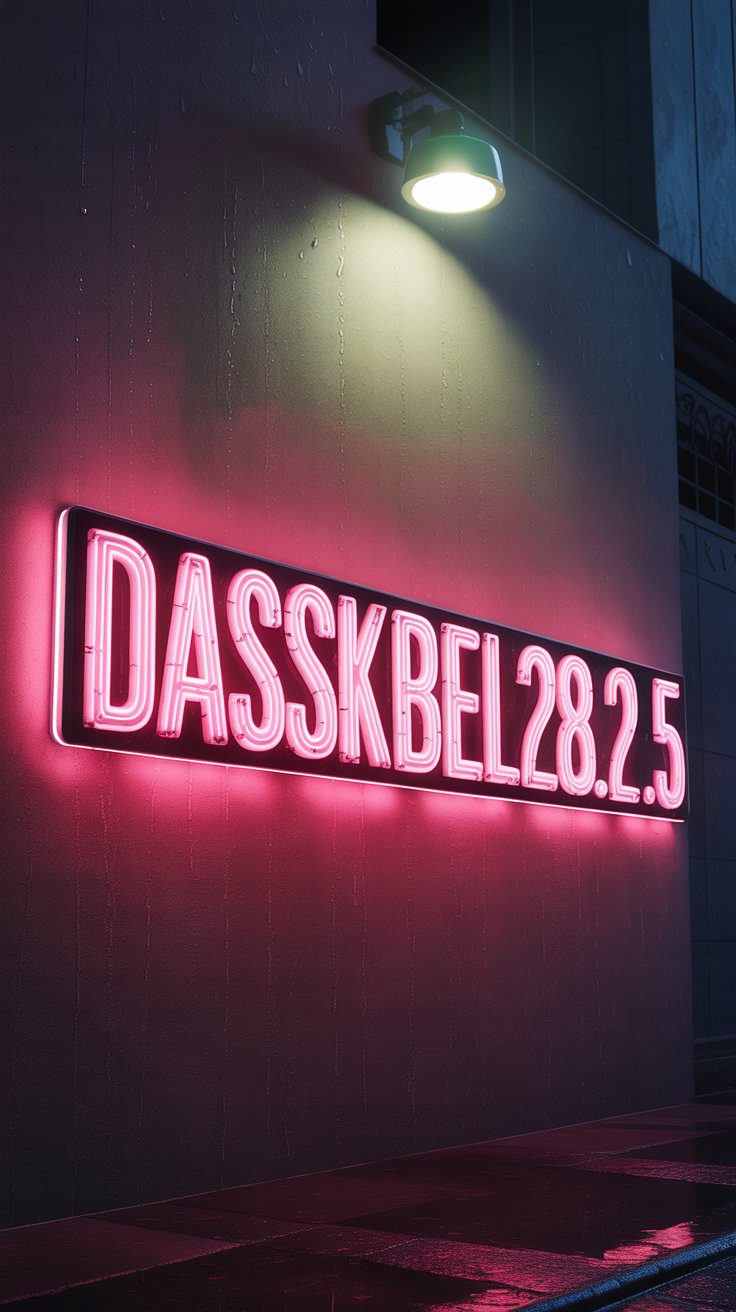Physical Address
304 North Cardinal St.
Dorchester Center, MA 02124
Physical Address
304 North Cardinal St.
Dorchester Center, MA 02124

dasskbel28.2.5 is a version of a software tool that may be used by developers, IT teams, or technical users.
Like many software tools, each version brings updates, bug fixes, and new features. Version 28.2.5 likely improves how the tool works, making it faster, safer, or more compatible with other systems. Whether you’re installing it for a project or updating from an older version, it’s important to know how it works, how to install it properly, and what to expect.
This article explains everything in simple terms to help you understand and use dasskbel28.2.5 confidently.
The name dasskbel28.2.5 breaks down into parts:
This suggests dasskbel28.2.5 is a specific version of a software tool, library, or application. It could be:
Since the name doesn’t match big, well-known software, it’s probably a specialized tool—used by a specific group or purpose. That means documentation or community support may exist, but it’s not mainstream.
People use this version for several possible reasons:
Knowing why people choose dasskbel28.2.5 helps you decide whether it’s right for you.
This guide assumes you’re installing on a computer (Windows, Mac, or Linux). The process may differ slightly depending on whether it’s a library, app, or service.
pip install dasskbel==28.2.5 (Python)npm install dasskbel@28.2.5 (Node.js)Important: Use trusted sources—official websites or verified package registries only.
Before installing, make sure:
Check the documentation for any special requirements.
.exe, .dmg, or .pkg)pip install ... / npm install ...)dasskbel --version or import it in your code: import dasskbel print(dasskbel.__version__) to check it says 28.2.5Some tools open configuration screens after installing. You may be asked to:
Follow each step carefully to complete setup.
While it varies by software, version 28.2.5 likely offers:
Check the official “release notes” page to see exactly what changes 28.2.5 includes.
sudoInstalling software always comes with some risk. Here’s how to protect yourself:
If it’s a library, stick to published versions and avoid random code from unverified sources.
It’s a specific version (28.2.5) of a software tool, library, or app—likely used for programming, cloud systems, or user dashboards.
If a project, app, teammate, or service explicitly requires “dasskbel” version 28.2.5 or higher, then you do. Otherwise, sticking to the latest official version is a safe choice.
Yes—as long as you download it from official sources and verify it with antivirus or checksums.
Unlikely—but always back up important work before installing new software or updates.
Often, yes—especially for libraries. Tools like Python virtual environments or Node’s npx let you maintain separate versions without conflict.
Double-check system requirements, permissions, and dependencies. Consult the release notes or support forum.
Use your system’s usual uninstall process:
pip uninstall dasskbel or npm uninstall dasskbelRun your package manager command again with the new version:
pip install dasskbel==28.2.6
Or re-download and install the new setup.
Look for an official website, GitHub/GitLab repo, or developer forum. Many tools include support channels like Discord or StackOverflow tags.
Usually newer versions are better. But if your project needs exactly 28.2.5, stick with it. Otherwise, installing the latest version is fine—in most cases.
venv, conda, or Node environments) to manage dependenciesBy following these, you’ll have a smooth and safe workflow.
dasskbel28.2.5 is a useful software version that brings improved performance, stability, and possibly new features.
It is important to install it correctly and from trusted sources to avoid any issues. Whether you’re a developer or a regular user, this version can support your projects or systems better than older versions. Always check the system requirements before installation.
If you face any problems, the official documentation or support community can help. By using dasskbel28.2.5 carefully, you ensure a smoother and safer software experience.